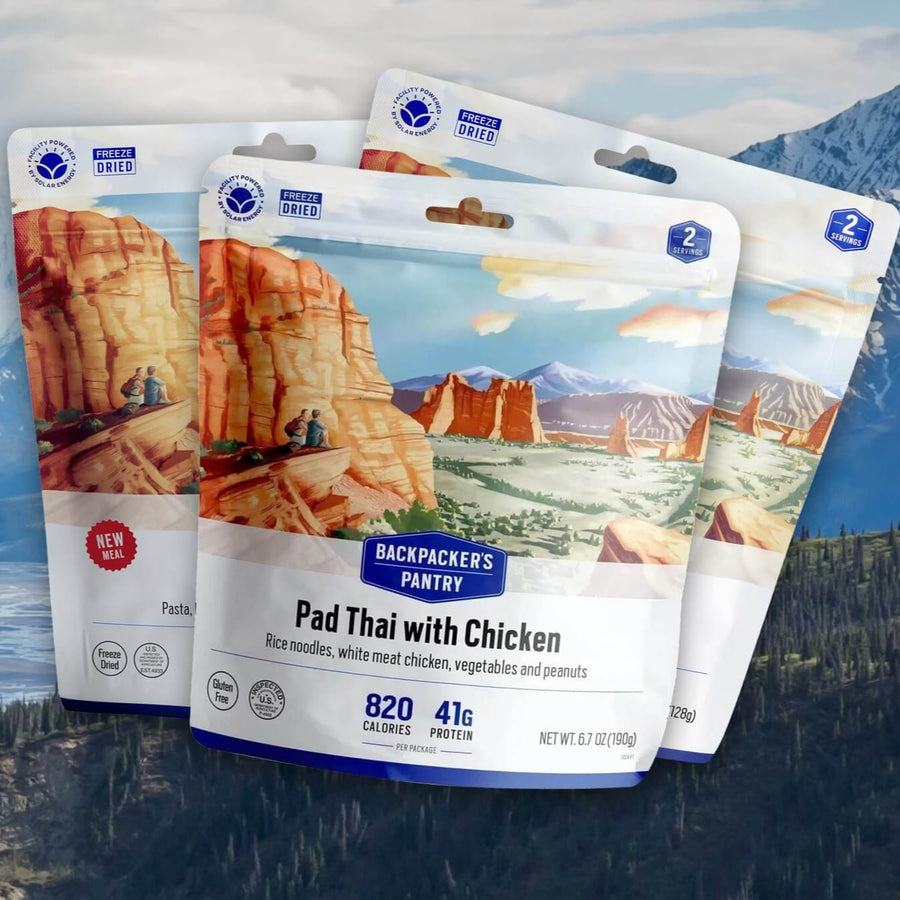How to Read a Topographic Map

Tips for Getting the Most from Your Topographic Map
A topographic map is a must-have for navigating trails and terrain, but it isn’t very useful if you don't know how to interpret it. Here's everything you need to know about reading a topographic map.
What Is it?
A topographic map is an incredibly valuable tool designed to indicate the terrain and physical features of an area. They are different from traditional maps because they provide three-dimensional representations of the landscape, including its contours, features, elevations, vegetation, streams and bodies of water.
Contour Lines
While basic trail maps are useful for trip planning, they don't help you navigate the field. Topographic maps allow you to visualize three-dimensional terrain based on a two-dimensional representation. This is all possible because of contour lines, which are used to indicate the steepness of the terrain. These lines connect certain points that share similar elevations. When they are close to each other, it means that elevation is changing fast within a short distance, indicating steep terrain. When they are far apart, it means elevation is changing gradually over a longer distance, indicating a weak slope.
Contour lines can also help you judge the shape of the terrain. A peak will generally be indicated by rough concentric circles, and the areas between peaks will be passes. It's also important to note that every fifth contour line will generally be a thicker index line, which will list the exact elevations. Changes in elevation from one contour line to another will always be the same within a single map. Most maps have either an 80- or 40-foot contour interval, meaning each line is either 80 or 40 vertical feet from the nearest line. You will find the contour interval for your particular map in its legend.
In some instances, a circle will indicate a depression instead of a peak. These will usually contain tick marks. You will also see that elevations are decreasing as you near these circles.
Scales
A topographic map will have a scale that indicates how detailed it is. A 1:24,000 scale, for instance, means one inch equates to 24,000 inches in reality. A large scale, such as 1:65,000, means the topographic map has less detail but covers a broader area. These maps will also typically have a scale to make it easier for you to visualize actual distances. You can actually use this scale with the edge of your compass or a piece of string to roughly estimate hiking distances.
Things to Consider
When interpreting a topographic map, it's important to carefully study the legend, which contains all sorts of navigational data and map-reading tips. Study what every color, symbol and line mean. In most cases, white- or light-colored areas will indicate open terrain, while green sections will represent areas with vegetation. A good topographic map will also contain magnetic declinations to help you set your compass, along with contour-line intervals, the scale and grid systems for advanced navigation.
By getting familiar with your topographic map, you can visualize terrain on the major landmarks and pick out compelling features such as saddles, peaks, cliffs, ridgelines and valleys. Studying a topographic map of a familiar area is a really intelligent way to learn how to match terrain features with the individual contour lines on the map.
Backpacker's Pantry provides ready-to-eat, lightweight camping food for short hikes, extreme adventures and everything in between. Browse our nutritious, gourmet food for the trail.





